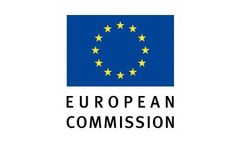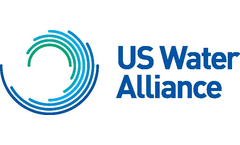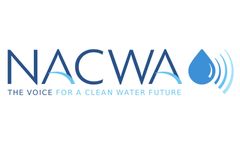Nutrient Load Articles & Analysis
9 news found
Aquaintech Inc. (AITI) was the first company to successfully develop and market Bacillus spore tablets for use in aquaculture. PRO4000X, our lead tableted product, is widely used in hatcheries, RAS systems, shrimp and fishponds, reservoirs, and discharge and intake canals. PRO4000X was designed to target pond bottoms. AITI is pleased to announce the addition of the TWC Bio-Block (TBB) to its ...
Nutrient leaching, the movement of plant nutrients from soil to water, can have negative effects on aquatic ecosystems due to eutrophication, which reduces the oxygen available in water, causing species and habitat loss. ...
Zofia Taranu, a biologist at McGill University, Canada, and lead author of the study published in Ecology Letters, says: “Further work as a society will therefore be needed to reduce nutrient discharges to surface waters.” “Partnerships among freshwater scientists and farmers are starting to happen, and more of this needs to take place” The study says it ...
In order to track progress and spur action, the Task Force is also aiming at a 20 percent reduction in nutrient loads by 2025. In Their Words “It’s going to take time to vastly improve water quality in very large bodies of water like the Mississippi River and Gulf of Mexico. ...
The starting place for the Mississippi River Nutrient Dialogues was common recognition that current “point source” regulation under the Clean Water Act and non-point source voluntary efforts to manage nutrient loadings are not achieving the reductions needed for a healthy, vibrant River Basin and Gulf. ...
NACWA commends the Environmental Working Group for its report “Troubled Waters: Farm Pollution Threatens Drinking Water” and for shining the spotlight on the critical public health issues raised by agricultural sources of nutrient pollution. Nutrient pollution in U.S. surface and ground waters is becoming the Nation’s greatest water quality ...
While manure does provide a rich nutrient source for crops, it also can contribute to nutrient leaching and runoff. ...
Excess nutrients in seawater can cause eutrophication, a major environmental concern. Shellfish species such as mussels can 'soak up' some of these nutrients. A recent Swedish study examines the cost-effectiveness of mussel farming in the Baltic Sea as a method of reducing nutrient concentration and compares its potential with other methods of ...
However, the reductions are less effective in improving the condition of deeper offshore waters. Tougher measures to manage nutrient loads and prevent eutrophication are recommended. Reductions in nutrient levels in recent years are the result of the PARCOM recommendation of the OSPAR Commission1, signed in 1988. ...






